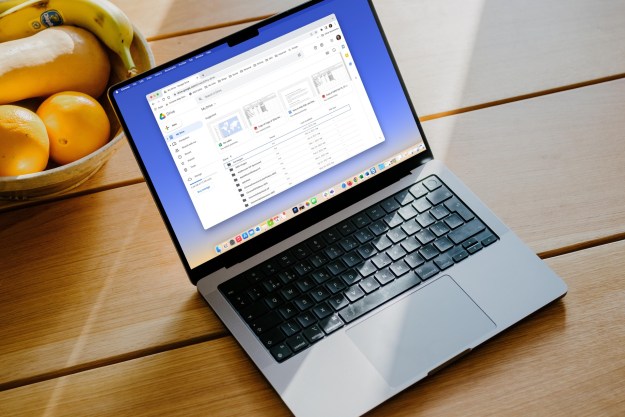There’s now a better way for you to sift through your mounting pile of tabs on Google Chrome. As part of the Chrome 81 build, Google is now rolling out a feature that lets you group your active tabs. The update was slated to arrive earlier, but the company had to postpone it as its workforce adjusted to collaborating remotely.

Once you have updated to the latest version on your Mac or Windows PC, you can cluster your tabs together. To create a new tab group, all you need to do is right-click a tab and select the Add to new group option. Chrome will highlight a group by color-coding the tabs and place a dot on the left of the first tab.
You can click the group to name it, an action that will expand the dot into a pill and pick from a handful of colors. To add more tabs to this collection, right-click them and select the group’s name under the Add to the existing group option. Alternatively, you can simply drag tabs and drop them on top of a group to add them. Similarly, drag a tab out of a group to remove it or click Remove from group in the right-click menu.
By grouping several tabs while working on a project, for instance, it will be easier for you to locate a specific one as compared to frantically going through each one of them. However, in its current state, Google Chrome’s Tab Groups is far too limited — especially when you consider what other browsers offer. It still lacks a tab manager that would allow you to just search for a group or quickly jump between tabs from a straightforward drop-down list.
Even after the update, in case you don’t have Tab Groups, head over to Chrome’s experimental features page and look for tab-groups. Enable the flag and restart the browser.
Google is also rolling out the Chrome OS 81 update for Chromebooks, which comes with a host of improvements for the operating system’s tablet mode. It brings Android 10-style navigational gestures that let you move around the OS through a bunch of swipes. It also enables the picture-in-picture view for all Play Store apps, which means whenever you minimize a video app with an active playback like YouTube, it will continue to play the media in a floating window.
Editors' Recommendations
- 5 web browsers you should use instead of Google Chrome or Edge
- Google’s Incognito Mode is in trouble
- Google brings AI to every text field on the internet
- Google just settled a $5B privacy suit involving Chrome browser
- How to save your data from Google’s purge of inactive accounts


